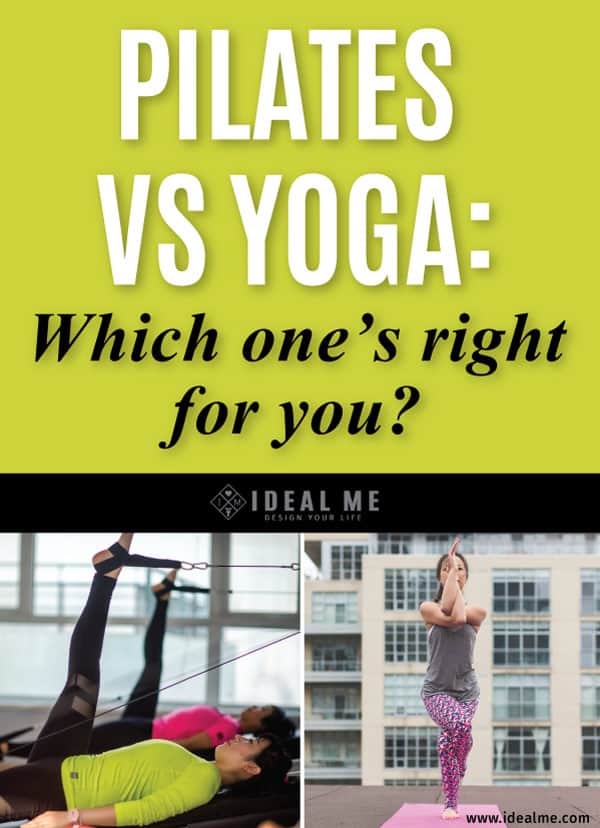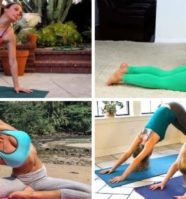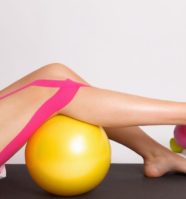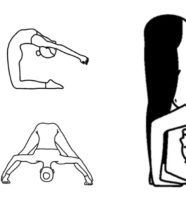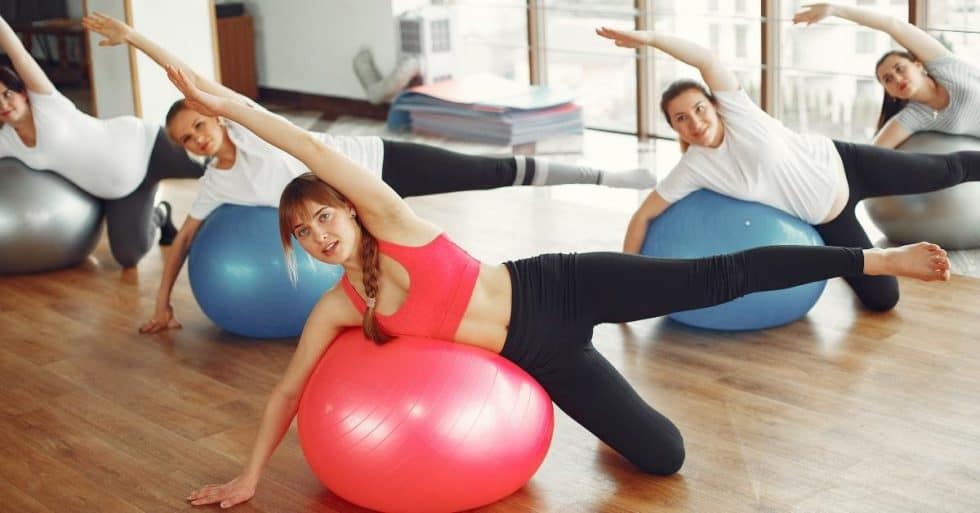
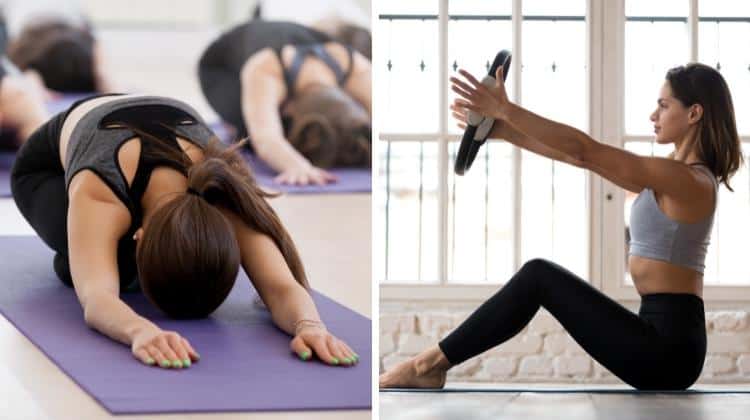
Pilates and yoga are two practices that are commonly confused. A lot of people assume Pilates is a spin-off of yoga.
Yoga and Pilates have many similarities, but they are two different practices. Pilates is its own fitness program and isn’t a by-product of yoga at all.
So what is the difference between pilates vs yoga? And which type of practice is right for you?
There is a lot of overlap between Pilates vs Yoga, and many people choose to do both, but I’m going to break down some of the fundamental differences between the two.
From origins to goals and movement, I’ll help you choose whether you should opt for trying out pilates vs yoga based on your goals, interests, and needs.
Though, it never hurts to give both a spin! Let’s dive in.
Origins
Yoga is over 5,000 years old and has evolved over centuries culturally. It originated in Southeast Asia and spread through many different locations and cultures.
That means there are many poses, variations, sequences, and even styles that are new derivatives of classical yoga. For example, Bikram yoga developed just recently in the 20th century.
Pilates was created by physical trainer, Joseph Pilates (get it?) during WWI. Joseph Pilates suffered from many physical ailments and studied fitness as a means to remedy them. He created Pilates as a muscle rehabilitation program for wounded soldiers.
He brought Pilates to the US in the 20's where it was evolved and refined into the practice we know today.
Similarities
Both Pilates and Yoga are low impact activities that utilize your body weight as resistance.
They both emphasize breathe awareness and aim to connect the mind and body in its own way.
Key Differences
Yoga is an incredibly physical practice which can build strength, flexibility, and tone the body.
With that said, it is not a physical fitness program in of itself the way that Pilates is. It is a practice that aims to unite the body, mind, and spirit to help promote inner peace. It is common to set intentions during yoga practice, which is a way in which you can bring mindfulness to your practice and to your life.
Pilates was developed specifically as a physical fitness program to help condition and rehabilitate the muscles. It focuses on how the connection between the mind and body is applicable in everyday life.
Breath
Breath is an important emphasis in both practices, but its intentions and techniques differ in pilates vs yoga.
Yoga focuses a lot on breathing techniques, and there are many different breathing techniques that can be used. Some are linked to certain styles of yoga, while others like pranayama are standard across the board.
Yoga connects breath to each movement, and different techniques are employed to improve focus and relax. Sending breath into tight areas of the body can help them open up and aid you in achieving a deeper stretch or relaxation.
Breath in Pilates aims more to help make sure your body is receiving the oxygen it needs to reach its maximum potential during movement.
Pilates is all about control and stabilization, and that includes the breath.
Structure
Yoga: Yoga practices are comprised of combinations and sequences of postures. Movements in yoga are not traditional workout moves but are rather poses and postures.
These postures focus on alignment of the body and are fluid. Yoga practices are often called flows because you fluidly move through different postures linked by breath.

Yoga also emphasizes isometric holds that help build strength, flexibility, and stamina.
Yoga practices are very customizable, which is why there are so many different styles and variations.
From relaxing hatha yoga to intense cardio fueled power yoga, you can create your own practices by combining different sequences of postures and changing your pace moving from one pose to another.
Pilates: Pilates exercises are more traditional workout moves aimed at conditioning the muscles to improve strength, flexibility, and posture.
It is a fitness system and its alternative name is Contrology because Pilates aims to help you gain maximum control over your body.
Traditional Pilates even uses reformer machines and props like pilates rings to provide additional resistance to help condition muscles.
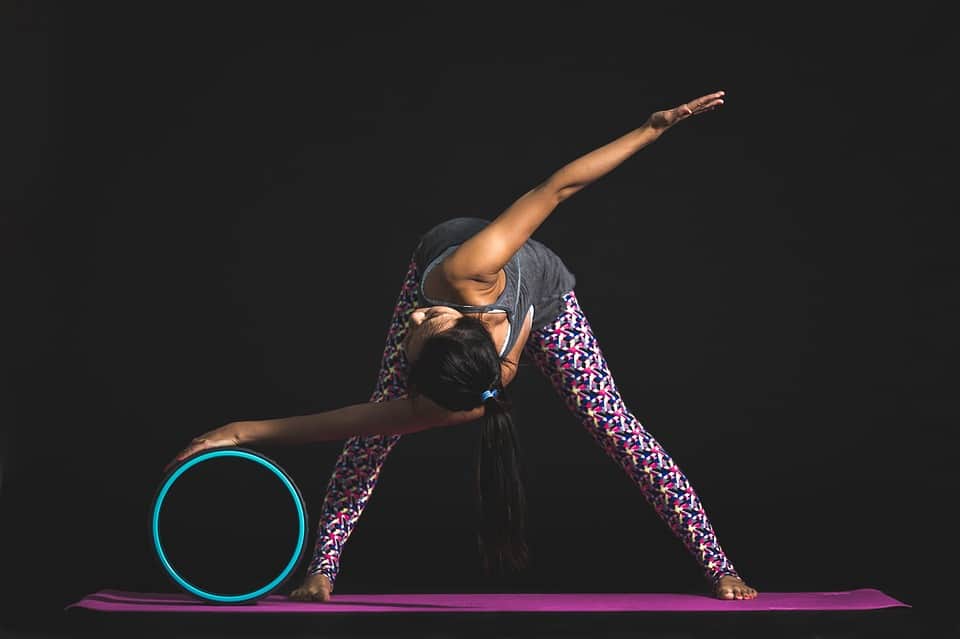
Every single Pilates move uses the core because Pilates stems from the idea that everything originates from the core.
If you can develop your core strength, you will better control all other aspects of the body.
Movements also focus heavily on stabilization by using small, dynamic movements that target your muscles and your pelvic floor.
Although there are different styles of Pilates like Classical and Contemporary, Pilates classes are more likely to be similarly structured than yoga classes.
That’s because Pilates is built off of a system of fitness movements, and it is more structured than yoga.
Benefits
So, what are the benefits of pilates vs yoga?
There is actually a lot of crossover. Both practices help improve strength, flexibility, posture, and balance.
But each practice has some exclusive benefits as well.
Yoga: Yoga can help improve your respiratory system and efficiency while toning your muscles and improving joint flexibility. Yoga can slowly, over time, increase your joint flexibility and is said to be able to heal the body. It’s also commonly used for stress relief.
Pilates: Pilates specializes in building core strength and rehabilitating muscles. Proper form is key in Pilates for this reason. It is often used as a tool for pain relief.
Which Should You Choose?
The best way to choose whether pilates vs yoga is right for you is to try both practices.
You can take a class or try out one of these amazing pilates and yoga workouts.
Both will help you strengthen and tone, but here are some general recommendations for choosing between pilates and yoga.
Choose Pilates if:
- You’re looking for a more structured workout
- You want to focus on using your core
- You need to rehabilitate muscles or relieve pains like lower back pain
Choose Yoga if:
- You want more flexibility in your practice with the opportunity to create your own variations
- You want to emphasize alignment, balance, and focus to build strength
- You are looking for stress relief
- You like the aspect of mindfulness in your practice
When it comes down to Pilates vs yoga, it doesn’t have to be an either/or situation. You can enjoy both for their individual advantages and benefits.
There is lots of overlap that has created yoga/pilates hybrids like yogilates.
I generally have phases where I favor one over the other. I used to do Pilates very regularly, but lately, I’ve been focusing more on yoga. I definitely go back and forth depending on what I’m feeling, but there are also plenty of strict yoga and pilates advocates out there.
Listen to your body, give both a try and let me know which one you’re loving right now.
